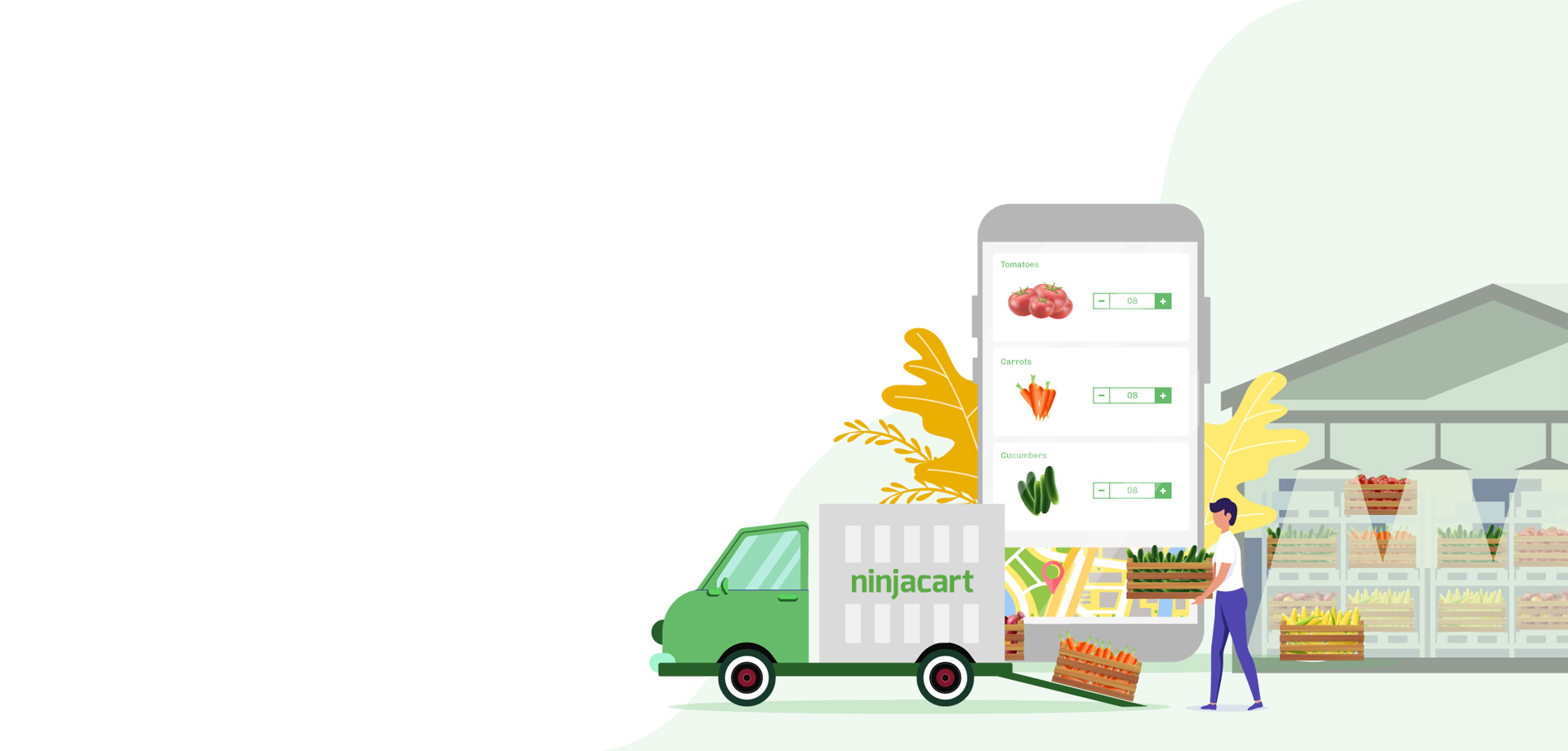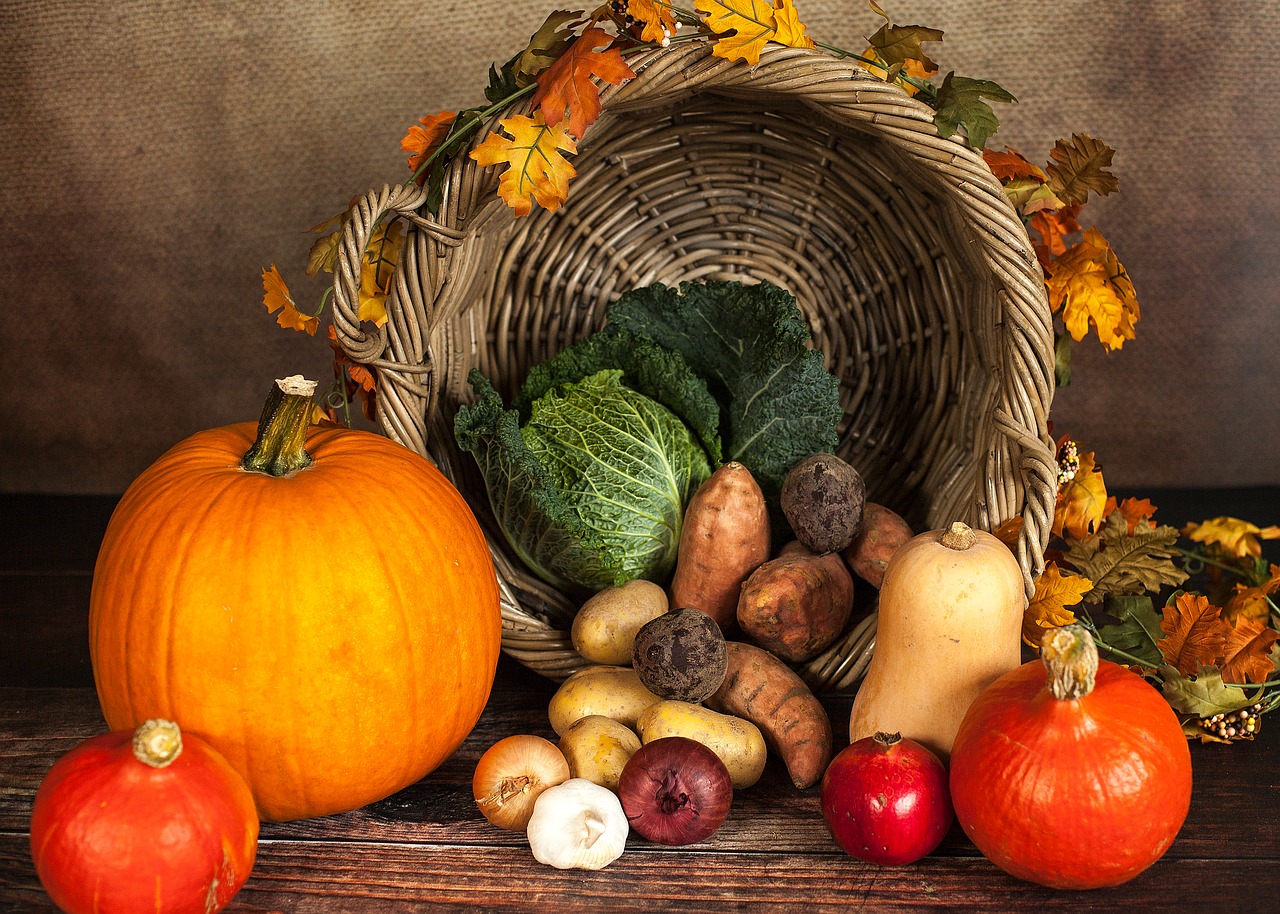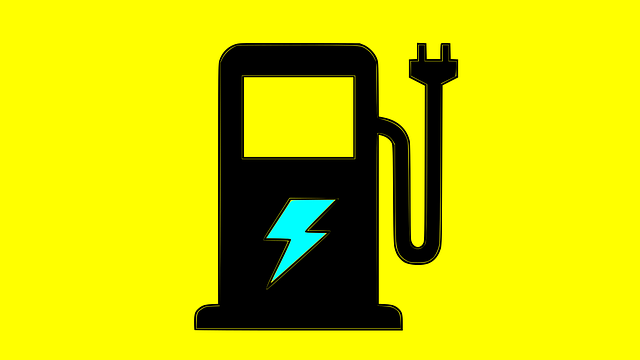This B2B fresh produce platform has disrupted the way fruits and vegetables move to people’s plates, thereby improving the lives of farmers, producers, businesses, and consumers in a meaningful manner.
The gaps in the food distribution market and opportunity therein are multiple. With the advent of technology, businesses have been making the process easy and efficient.
Read more: {Startup watch: Autobot India} Creating an industry ready workforce for the Electric Vehicle sector
What started as an on-demand grocery delivery company in 2015 has today become an end to end B2B fresh produce platform. Ninjacart is India’s largest B2B fresh produce supply chain company. Their made-for-India technology and India centric solutions have disrupted the way fruits and vegetables move to people’s plates, thereby improving the lives of producers, businesses, and consumers in a meaningful manner.
The Tech Panda spoke to Thirukumaran Nagarajan, Co-Founder, CEO, Ninjacart about what makes them tick and how they ‘ve been helping farmers.

Thirukumaran Nagarajan
Switching from a B2C to a B2B business model was a difficult decision for us. However, inefficiencies in the food supply chain prompted us to take such drastic measures, and after more than five years in the industry, we can proudly say that Ninjacart has successfully replaced middlemen with technologies such as Artificial Intelligence (AI), Machine Learning (ML), data science, and app-based platforms
“The traditional intermediary network for farmers was disjointed, resulting in a fragmented framework that was riddled with inefficiencies and inconsistencies. So, our first step was to visit markets and mandis to figure out the lacunae in the demand and supply chain. We approached farmers directly, establishing trust while making them aware of the loopholes while working with middlemen,” he explains.
“It was a daunting journey with a steep learning curve and takeaways for Ninjacart’s core team. However, the farmers supported and accepted a tech company to help improve their livelihood,” he adds.
What They Do
Ninjacart works with close to 45,000 farmers across 20+ Indian states every day in less than 12 hours. Its retail customer base stands at 60,000 across Bengaluru, Chennai, Hyderabad, Delhi, Gurugram, Mumbai, and Pune.
Both purchasing and selling prices are decided as per the average of national prices to avoid price risk. This helps farmers gain an insight into the demand and supply of produce that aligns with the market needs
The company has been sending its vehicles to farmer locations to bring goods to their collection centres, free-of-cost. There are no names on the crates as everything is enabled through the app. Every crate has a Radio Frequency Identification (RFID) tag so that the company can know exactly which vegetables and fruits have been delivered.
With the help of integrated logistics, the farmers of Ninjacart can access the proper market via our supply chain infrastructure which can be described as follows:
Better price realisation
The startup found that unawareness of the market conditions often resulted in huge losses for farmers. To counter this, farmers are given price and demand confirmation before harvesting.
“Both purchasing and selling prices are decided as per the average of national prices to avoid price risk. This helps farmers gain an insight into the demand and supply of produce that aligns with the market needs,” Nagarajan explains.
Quality assurance and control across operational areas
Farmers must pass Ninjacart’s quality control test and sell their produce at one of the conveniently accessible collecting centres (CC). The produce is handled hygienically under a one-touch process, passes through stringent quality inspection, and is then placed on crates with the FoodPrint ID that is unique to both the farmer and the produce.
“The vegetable is untouched and carried in the same crate until it reaches the retailer. The farmers are the only ones who have had direct contact with the produce throughout the procedure,” he says.
Payment guarantee for all stakeholders
They use facial-recognition software to keep track of employee productivity. They also make certain that the task is completed on time and that payment is made directly into their bank accounts.
We have developed an infrastructure for farmers wherein they can access multiple marketplaces to sell their produce without leaving the farmland
“We have a mammoth workforce to manage both on the ground and at the back-end,” he adds with pride.
Better market linkage
Everything is monitored and processed via an app, developed especially for farmers, enabling them to choose the appropriate market price
“We have developed an infrastructure for farmers wherein they can access multiple marketplaces to sell their produce without leaving the farmland,” he says.
How They Work
“Technology is what defines Ninjacart,” says Nagarajan. “We have implemented technology in such a way that it benefits farmers, retailers, and end-users in a unified manner.
Demand-led harvest
The first step in their operational journey involves acquiring and understanding the ‘Farmer Harvest Calendar’ as it provides an overview of the availability of fruits and vegetables in each season, simultaneously helping to gauge the demand and supply. Once this is done, farmers are given a week’s notice, explaining what and how much is expected from their end. The message sent to them is disseminated after a thorough evaluation of the market demand, which is analysed with the help of ML and data analytics tools.
Tagging and storing
After the produce is procured, it is sent to the collection centres (CC) where they are checked for quality, and approved goods are stored in crates. Post weighing and tagging (for easy end-to-end tracking and identification) the goods, a message is sent to the farmers about the price of their crops and the amount is credited to their respective bank accounts the next day.
App-monitored loading & unloading
The crates are then moved to fulfilment centres (FF), where they are loaded and unloaded with the use of special trolleys that have reduced the turnaround time. This entire process is monitored by an app. The products are loaded onto vehicles at the distribution centres (DC) for delivery, which starts at 2.00 am daily.

RFID tag
On arrival, the vehicle RFID tag is scanned to ensure that the right vehicle has reached and the security tag number is verified to validate no tampering has happened. Items are unloaded from the vehicle using the custom ramp designed for facilities without docks. Each dolly is scanned using RFID guns to ensure none is missed for unloading. Once all the items are unloaded, the empty crates from the previous day are loaded and sent back to the Fulfillment Centers (FC).
Dispatch
Once the last-mile vehicles arrive at the MDC at 5 AM, routes are assigned to drivers, and the dispatch starts. Last-mile routes are assigned based on a first-come-first-serve basis and past performance.
Meanwhile, items are segregated route-wise. Weight and quality checks are carried out in the presence of the driver to ensure transparency.
“Once items are handed over, the driver loads the items and moves for delivery. The dispatch happens in multiple slots to optimise space and use the same vehicle for multiple trips,” he explains.
GPS for route optimisation
The vehicles are installed with GPS and other route-optimisation software for quick delivery. Once the goods have reached the destination, they are re-checked by the customers and empty crates are returned for carrying the fresh orders.
Technology Leveraged
Ninjacart has developed and implemented tech tools to assist farmers in making better decision-makers, which include the following:
Facial recognition
The software captures the entire face, then breaks it into small pieces, converting it in the form of data streams. 90% accuracy is required to mark attendance. This data is used to track the productivity of employees from start to finish and at various points in the supply chain. It is also utilised to solve common problems and to ensure timely and smooth deliveries.
Constraint-oriented modelling
Constraints include distance, vehicle, cost, capacity, and time. After defining these constraints, they use a metaheuristic optimization technique (Guided Local Search) to maximize objective function and reduce supply cost.
Future-ready ERP
Mobile-ready ERP removes all paper used in the supply chain.
Demand forecasting
Leverages deep machine learning to improve forecasting by 97% and reduce the overall wastage to 4%. To compare, traditional supply chains have wastage up to 25%.
Farmer apps
Ninjacart also has specific apps for the farmers that help not only in demand forecasting but also with harvest planning and determining the price indent.
Connected logistics
Speed and price can make or break any supply chain. Ninjacart’s indigenous route optimization and utilization keep the load factor at 92%. It ensures fresh vegetables on the plate (they move the produce from farm to store within 12 hours) at a cost that is 1/3rd of the traditional supply chain.
Origin & Inspiration
Ninjacart started as a B2C model, that is, a direct consumer model aiming to transport veggies from retail outlets to consumers in under 60 minutes.
“While working full-time in Bengaluru, we encountered numerous grievances on delayed deliveries from retail outlets, Kirana stores, and small businesses. The presence of several middleman resulted in farmer exploitation, forcing them to sell their produce at lower rates. The transportation of fresh food is the most vulnerable stage, and a lack of transparency, neglect as well as the absence of specialised equipment resulted in an undersupply of fresh produce to retail outlets and delayed deliveries,” Nagarajan says.
It was a daunting journey with a steep learning curve and takeaways for Ninjacart’s core team. However, the farmers supported and accepted a tech company to help improve their livelihood
They soon switched from B2C to B2B.
“Switching from a B2C to a B2B business model was a difficult decision for us. However, inefficiencies in the food supply chain prompted us to take such drastic measures, and after more than five years in the industry, we can proudly say that Ninjacart has successfully replaced middlemen with technologies such as Artificial Intelligence (AI), Machine Learning (ML), data science, and app-based platforms. As a result, the supply chain is more efficient, transparent, and economical,” he says.
The Ninjacart USP
Ninjacart’s top priorities are efficiency and food safety, says Nagarajan.
“We have continually pushed to improve our operations so that all agri-participants can purchase and sell in a transparent manner, improving farmers’ lives and allowing them to generate more profits through technology, data, and efficient supply chain infrastructure,” he says.
“The infrastructure that we have developed is highly supervised and self-contained. We make it easier for the retailers to evaluate the quality and freshness of the fresh produce without having to go to the market,” he adds.
“What sets us apart from other food supply chain players is our just-in-time logistics technology, which enables us to transport fresh produce in less than 12 hours across 50 cities while preserving a longer shelf life,” he says.
Data is used to develop predictive models, forecasting, SKU, and to analyse demand and supply chain gaps.
We have continually pushed to improve our operations so that all agri-participants can purchase and sell in a transparent manner, improving farmers’ lives and allowing them to generate more profits through technology, data, and efficient supply chain infrastructure
“By combining all these tools, we make sure that the supply is equivalent to the demand and wastage is minimal. At Ninjacart, everyone is given an app, and the stakeholders must follow its instructions,” he explains.
Farmers are given special apps to assist them in forecasting demand, planning harvests, and determining the value indent. Ninjacart’s paperless supply chain seamlessly connects farmers to retailers. RFID (Radio Frequency Identification) is used in every step of the Ninjacart supply chain, including internal control.
“It allows us to track fresh produce going through various facilities. With traceability infrastructure in place, we keep a tab on the movement of fresh produce across the supply chain, from being delivered to the Collection Centre (CC) by farmers, to the end consumers or businesses,” he adds.
Ninjacart doesn’t really count many competitors, except a few indirect ones, including Udaan, WayCool Foods and Products Pvt. Ltd., Lawrencedale Agro Processing India Pvt Ltd., and Jumbotail Technologies Private Limited.
“As far as competitors are concerned, we solely deal with fresh produce, and no other agtech company in India is actively working to standardise the fruits and vegetable supply chain,” he says proudly.
Future Plans
Ninjacart is investing in state-of-the-art technology to organise India’s agri-ecosystem. As a result of a recent agreement with the government, it will develop and host the Agri Marketplace Platform (AMP), which will allow all players in the post-harvest market linkage to come together.
“Furthermore, our recent investment from Walmart and Flipkart has broadened our goal of developing a digital agri ecosystem, allowing all agri-players, including farmers, resellers, retailers, consumers, and supply chain participants, to buy and sell fresh produce transparently,” Nagarajan informs.
We want to provide farmers with smart technologies, tools, and sound agricultural practices that will hold them accountable for their actions while simultaneously educating customers about what they are consuming and how it was provided
With the recent ESOP buyback programme, an opportunity for wealth creation and allowing employees to participate in the company’s success, they are aggressively working to increase diversity in tech and product professions by scouting best-in-class talent from throughout India.
“Create a healthy working environment for our workforce and hire people with leadership qualities who reflect essential values and leadership concepts as we grow. We also hope to educate farmers about residue-free farming practices,” he adds.
Last year, the startup collaborated with Kilofarms to develop the first batch of residue-free tomatoes.
“We want to provide farmers with smart technologies, tools, and sound agricultural practices that will hold them accountable for their actions while simultaneously educating customers about what they are consuming and how it was provided,” concludes.












